El cine es otra cosa [The cinema is something else] is the Museo Moderno’s experimental video and film cycle, curated by Gabriela Golder and Andrés Denegri.
For more than twenty years, the cycle has proposed exploring a broader definition of cinema and has sought to discover and investigate other means of exercising this art through the projection of audiovisual pieces and encounters with artists.
You can find the monthly programme of El cine es otra cosa on our YouTube channel: https://www.youtube.com/user/modernodebuenosaires
Nicolás Testoni / Christian Delgado
There is an hour of the afternoon when the plain is on the verge of saying something.
It never says, or perhaps it says it infinitely, or perhaps we do not understand it,
or we understand it and it is untranslatable as music…
Jorge Luis Borges, “The End”, 1944
The light of the plains is the focus of this year’s first programme of “El cine es otra cosa” [The cinema is something else].
The setting is the pampa, and the gazes of Nicolás Testoni and Christian Delgado are our witnesses and guides. It is an invitation to catch the light, or to be caught by it.
La última hora is about places where supposedly nothing happens. But in these places where nothing ever happens, it perhaps becomes clear that what never stops happening is light. The sun – the only thing that seems to move in the stillness of the pampa – traps the filmmakers of this cinematic experience, who turn the plains into a large screen.
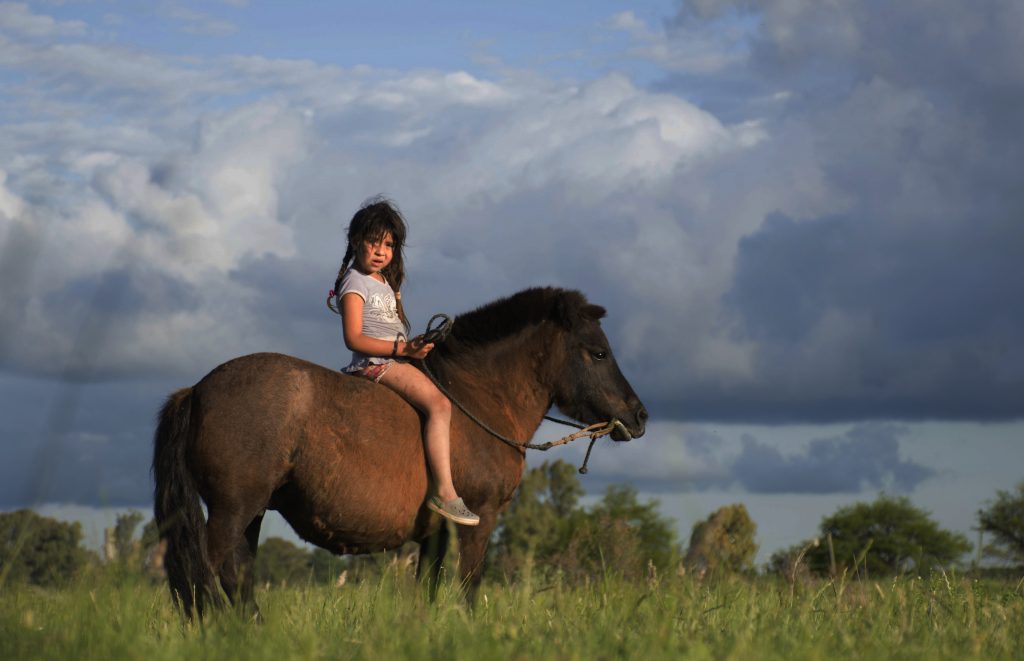
Lumbre is a film about the plain as an abyss, about the night as a hiding place, in which the darkness seems to hold a dazzling secret and carries with it the imminence of an event postponed in perpetuity. The shots of this film can perhaps be considered as the stations of a journey that leads to nowhere. Not a “journey to the end of the night”, but a journey to a night that has no end.
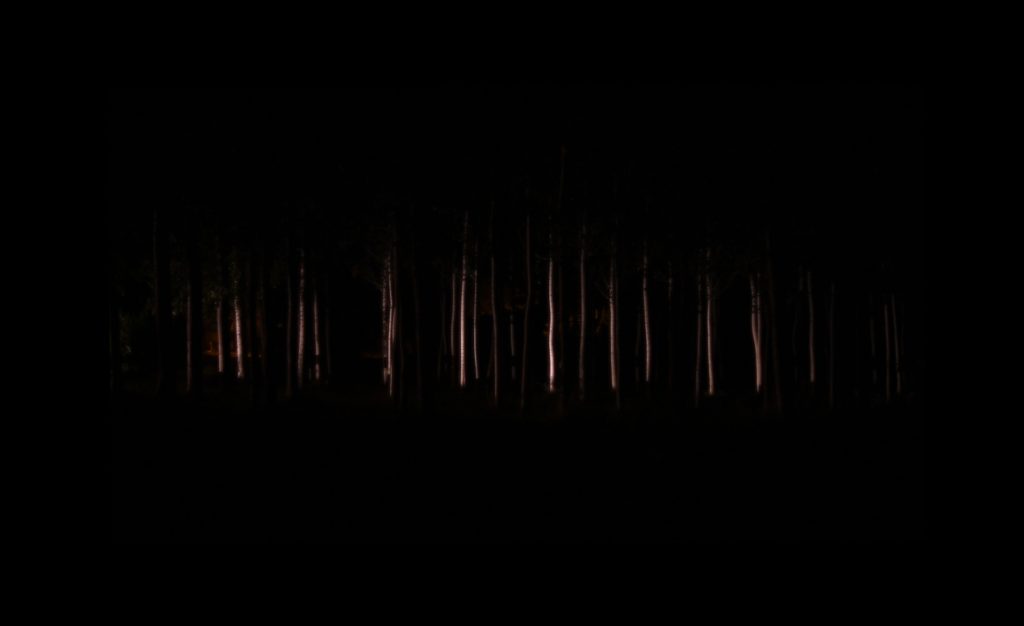
Nicolás Testoni (Bahía Blanca, 1974) and Christian Delgado (La Plata, 1972) have been collaborating on videos and video installations since 2004. Their work together has received awards at the Videobrasil Festival (São Paulo, 2007), the Latin American Video Art Festival (Buenos Aires, 2014), the Biennial of the Moving Image (Buenos Aires, 2016) and the Riga International Short Film Festival (Latvia, 2021), among others.
In this intimate portrait, filmmaker Silvina Szperling approaches the wonderful world of Narcisa Hirsch, the Argentinean filmmaker, pioneer of experimental cinema, a source of inspiration and a great teacher. A look at this great artist who has lived in the San Telmo neighbourhood for decades.
Narcisa Hirsch (b. 1928) is the mother of experimental cinema in Argentina. Though her cinematic work emerged during entirely unfavourable historical circumstances – or perhaps for that very reason – Hirsch’s films have always constituted a space of freedom and resistance. Reflejo Narcisa is a portrait of a woman in the sunset of her career and bears witness to how she sees herself in her work. One must risk drowning in order to know oneself.
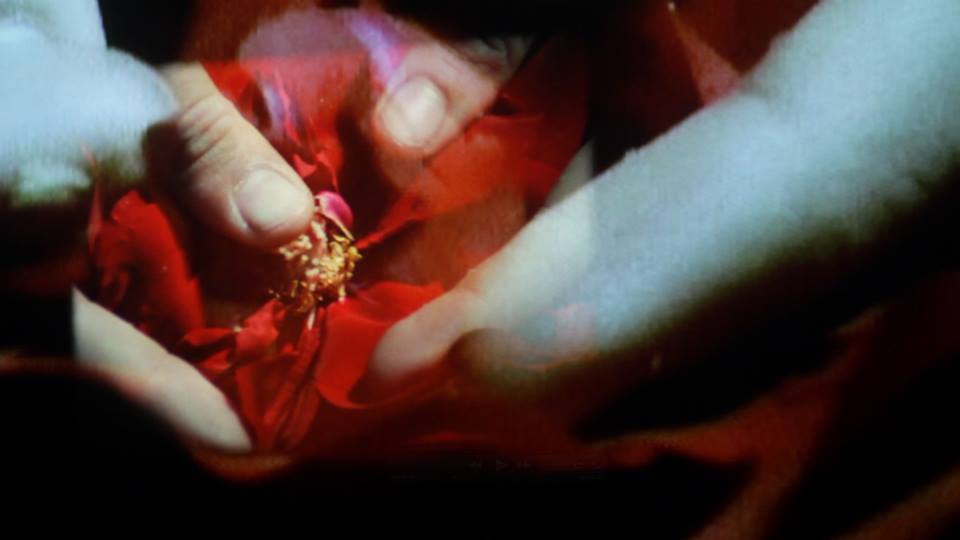
Silvina Szperling (Buenos Aires, 1960). Trained as a contemporary dancer, Szperling made a foray into video dance, a genre for which she is a pioneer in Argentina. Several of her short films have won awards, including Chámame (awarded by La mujer y el cine, La noche del corto and IMZ/Cinedans, Amsterdam) and Temblor (National Secretary of Culture Award for Best Editing). She is the founder and director of the VideoDanzaBA International Festival. Reflejo Narcisa is her first feature film.
This third program of ‘El cine es otra cosa’ [The Cinema is Something Else] invites you into a universe that is rather simple in appearance: the home, as seen through the audiovisual production of artist Eugenia Calvo (Rosario). In neat middle-class interiors, the artist produces small interventions that disturb the calm of these spaces and present an infinite number of possible readings to the viewer.
This serene series of interventions the author makes in the architecture, furniture, ornaments and dishes are absent of grandiloquence and far removed from any literalism, yet they promote deep reflections on the political of the private and the everyday.
The videos were made between 2006 and 2017 and take on a special significance after our experience of isolation imposed by the pandemic.
Eugenia Calvo is one of the artists participating in the group exhibition Adentro no hay más que una morada [Within There is but One Abode], on view through February at the Museo Moderno.
La marcha de las funciones [The Progress of Functions], 2015, 5 min 15 sec.
Un plan ambicioso [An Ambitious Plan], 2006, Video 1: 1 min; Video 2: 3 min 25 sec; Video 3: 3 min 40 sec.
Juego de dormitorio [Bedroom Set], 2006-7, 3 min 30 sec.
Caída Libre [Freefall], 2016-7, 1 min.
Un obstáculo insalvable I [An Insurmountable Obstacle I], 2010-11, 2 min 22 sec.
Un obstáculo insalvable II [An Insurmountable Obstacle II], 2010-11, 3 min 5 sec.
Experiencia ajena [The Experience of Others], 2013, Video 1: 2 min 15 sec; Video 2: 1 min 7 sec.
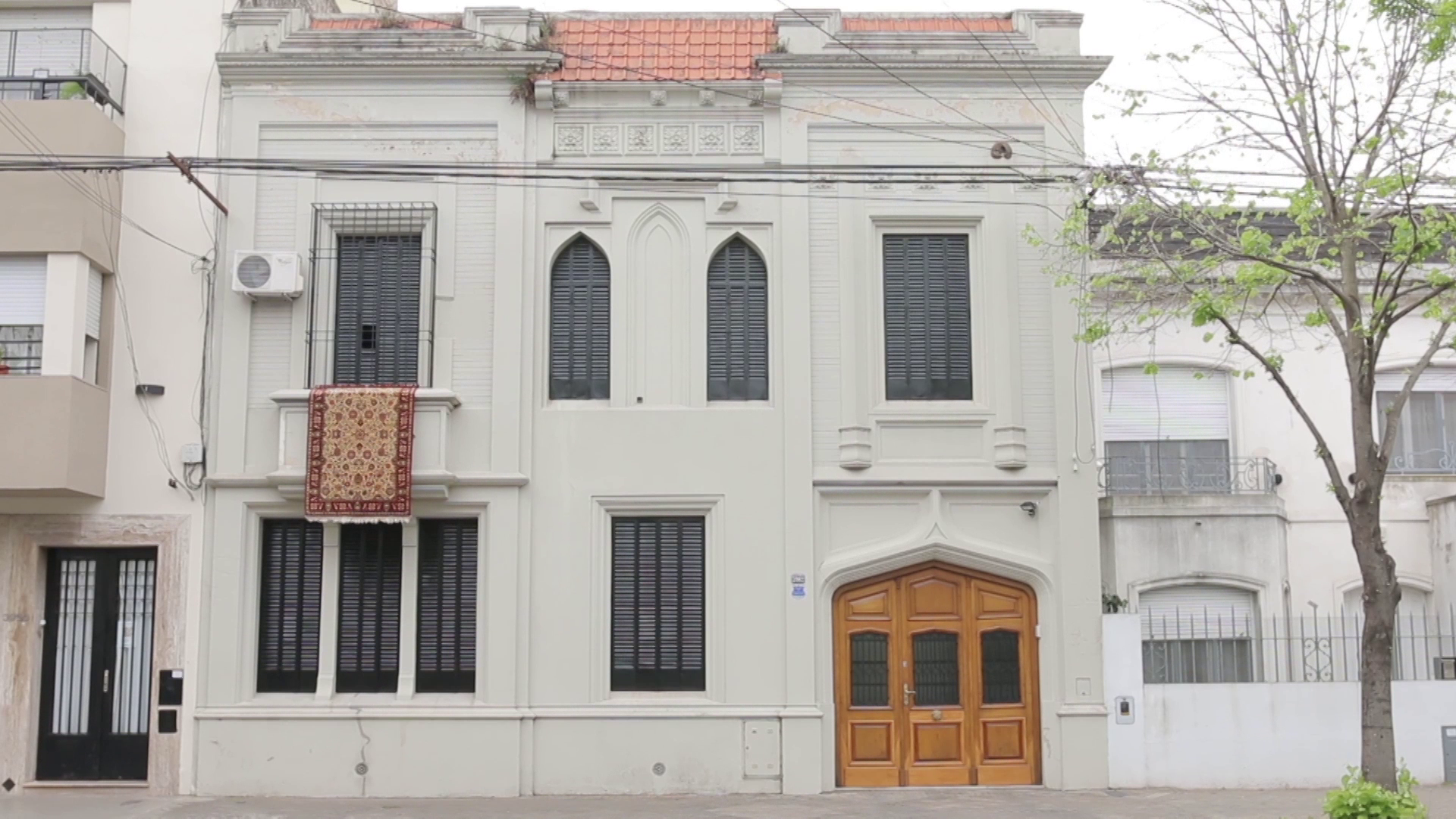
Eugenia Calvo (Rosario, Santa Fe, 1976) In her work, Calvo constructs situations that shake the functionalism and limited destiny of spaces, things, uses and customs. By inverting the precarious and inanimate existence of objects, she gives them another destiny, thus creating a state of permanent tension and suspicion. Among other recognitions, she has received the Gasworks Grant (2005), the First arteBA-Petrobras Award (2006), the CIFO Grants and Commission Program (2010), a Special Mention at the Cuenca International Biennial (2011), the Pollock Krasner Foundation Grant (2017) and the National Visual Arts Salon Award (Buenos Aires, 2019, 2020). She is currently participating in the group exhibition Adentro no hay más que una morada [Within There is but One Abode], at the Museo Moderno. She lives and works in Rosario.
The work of Silvia Rivas investigates states of being such as, for instance, man’s status as a human being. According to the artist’s vision, the subject only finds his power internally through an attitude of tenacious and constant resistance, clinging firmly to his present. Since the 1990s, Rivas has incorporated video and performance in her work, presenting these as installations or objects, and have become the central medium of her artistic production. Rivas’s works explore situations where time materialises as an unavoidable presence through which she captures visual ideas. Finally, in a paradoxical pursuit, Rivas uses the electronic medium and the moving image to record stillness, the eternal reiteration of the same thing, as a way of capturing the perception of time as a stage.
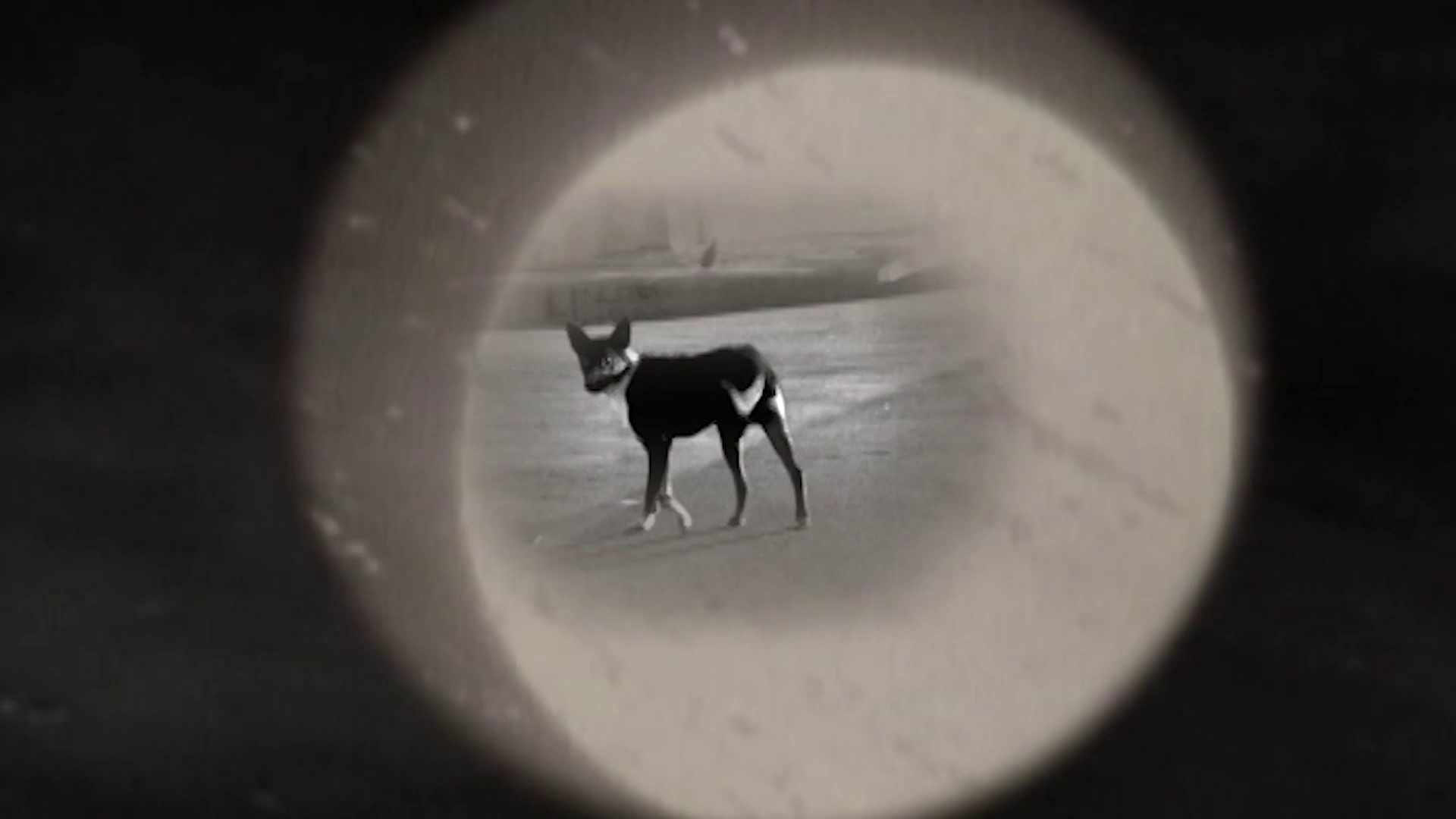
Silvia Rivas (Buenos Aires, 1957) is a visual artist whose body of work is distinguished by the different media in which it materialises. A graduate of the Escuela de Bellas Artes Prilidiano Pueyrredón (1981), the artist also trained with Kenneth Kemble and Victor Grippo. Since 1990, she has incorporated video installation into her oeuvre and has participated in important group exhibitions. She represented Argentina at the 3rd and 5th editions of the Mercosul Biennial (2001 and 2005, Porto Alegre), as well as at the 8th Havana Biennial (2003) and the 2nd Bienalsur (2019) Among other distinctions, Rivas has received the John Simon Guggenheim Grant (2001), the Konex Merit Diploma Award (1997 – 2001), and was selected for the Trabucco Prize (2019). Her work is held in private and public international and national collections, such as the Museo Nacional Centro de Arte Reina Sofía (Spain), the MALBA, the Museo Moderno, and the Museum of Contemporary Art, Rosario (MACRO).
As part of its monthly programme, “El cine es otra cosa” [“The cinema is something else”] offers intimate encounters with guest artists who discuss contemporary audiovisual production, their ways of making projects, exhibition circuits and other topics.
Curators Gabriela Golder and Andrés Denegri talk with artists Nicolás Testoni and Christian Delgado about their films La última hora (2021) and Lumbre (2016), which are part of the July programme.
Curators Gabriela Golder and Andrés Denegri talk with Silvina Szperling about her film Reflejo Narcisa [Reflections of Narcisa] (2015), which is included in the programme for the August cycle.
Reflejo Narcisa is an intimate portrait of the wonderful world of Narcisa Hirsch, the Argentinean filmmaker, pioneer of experimental cinema, a source of inspiration and a great teacher. A look at this great artist who has lived in the San Telmo neighbourhood for decades.
Curators Gabriela Golder and Andres Denegri spoke with Eugenia Calvo about “Habitar lo doméstico (en estado de sutil revolución)” [“Inhabiting the domestic (in a state of subtle revolution)”], a programme that brings together audiovisual works by the artist and forms part of the programme of the October cycle.
Gabriela Golder and Andres Denegri spoke with Silvia Rivas about “La insistente permanencia de un presente” [“The persistent permanence of a present”], for the cycle’s November programme, which is dedicated to the artist.